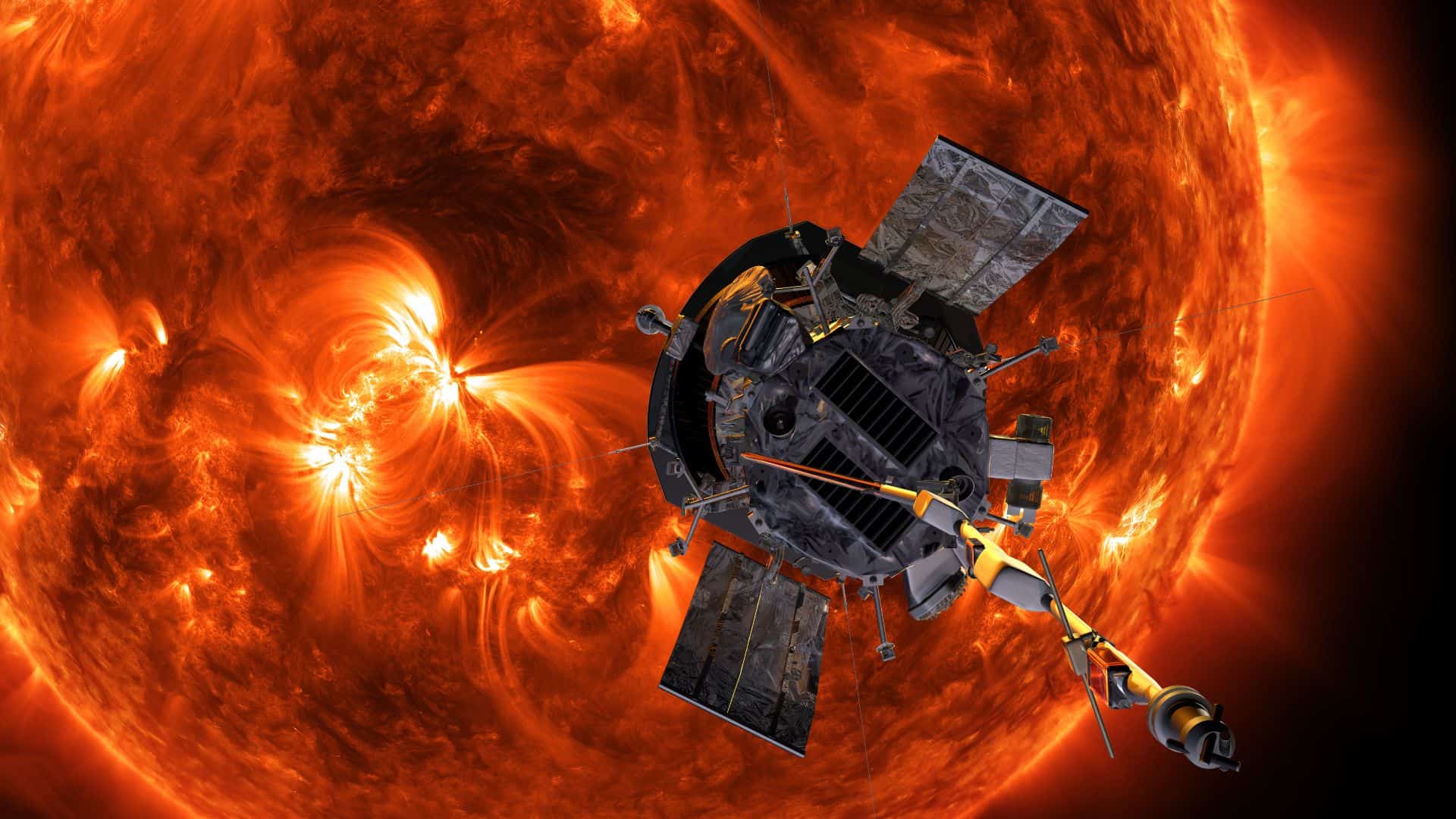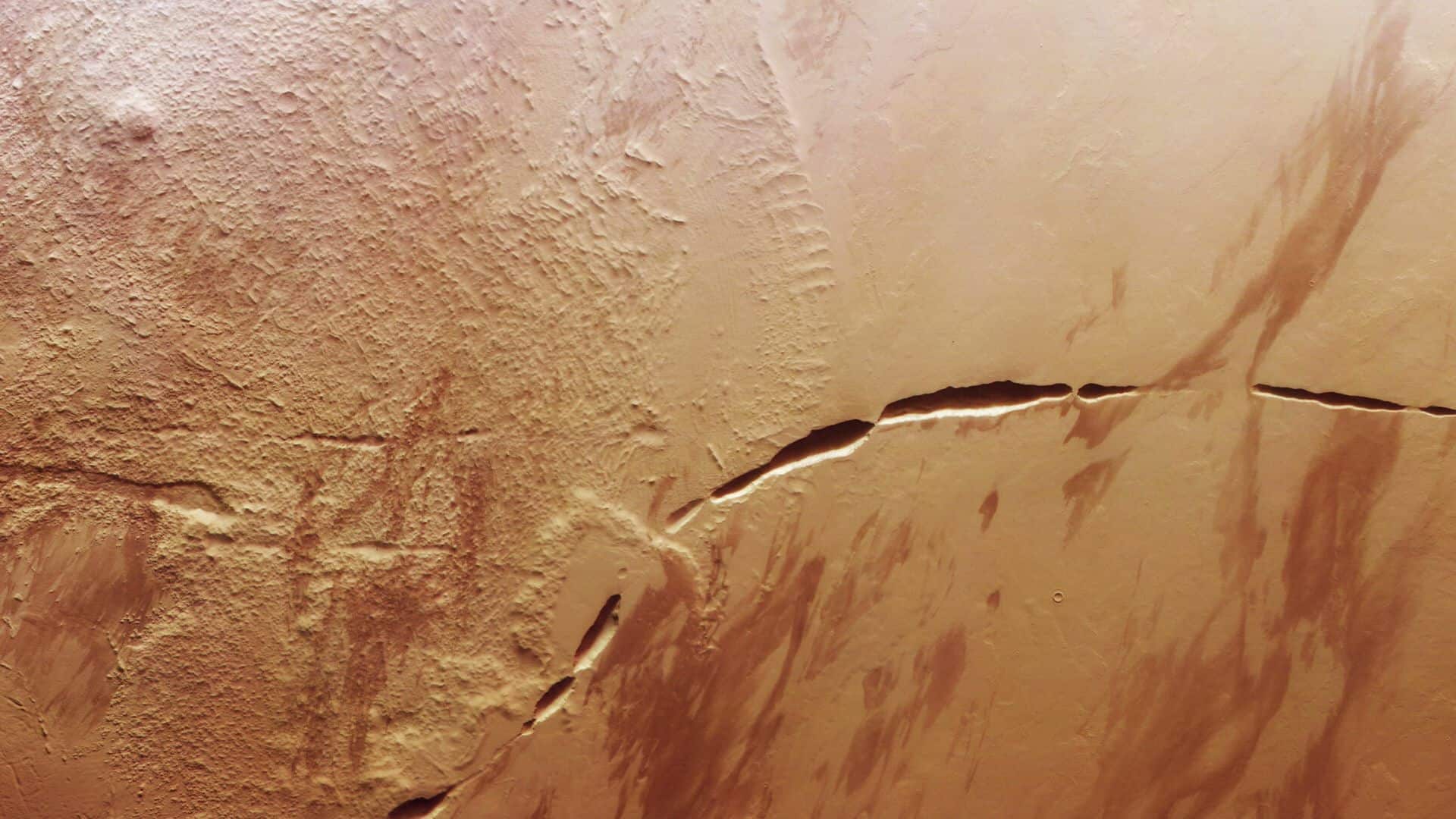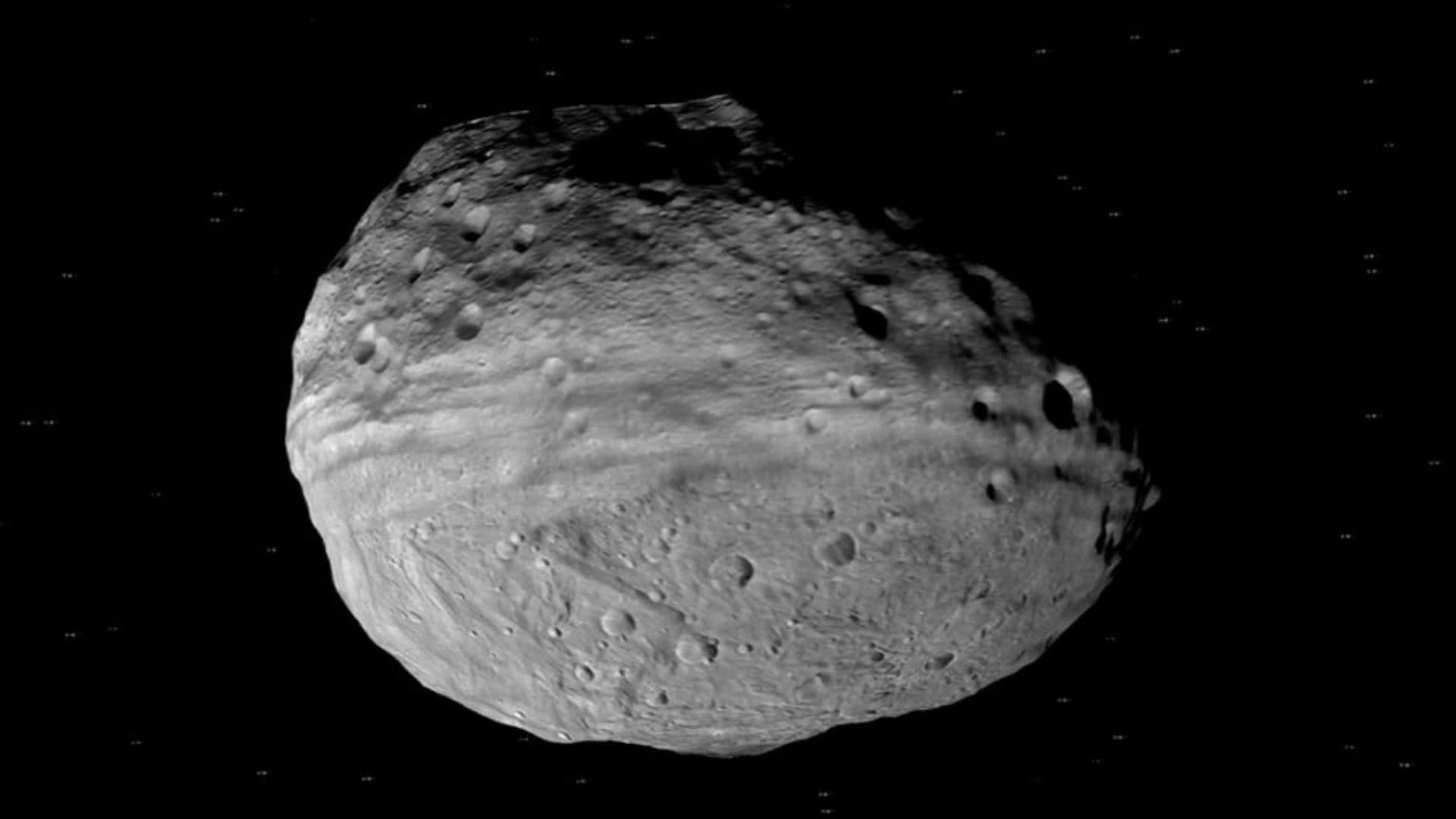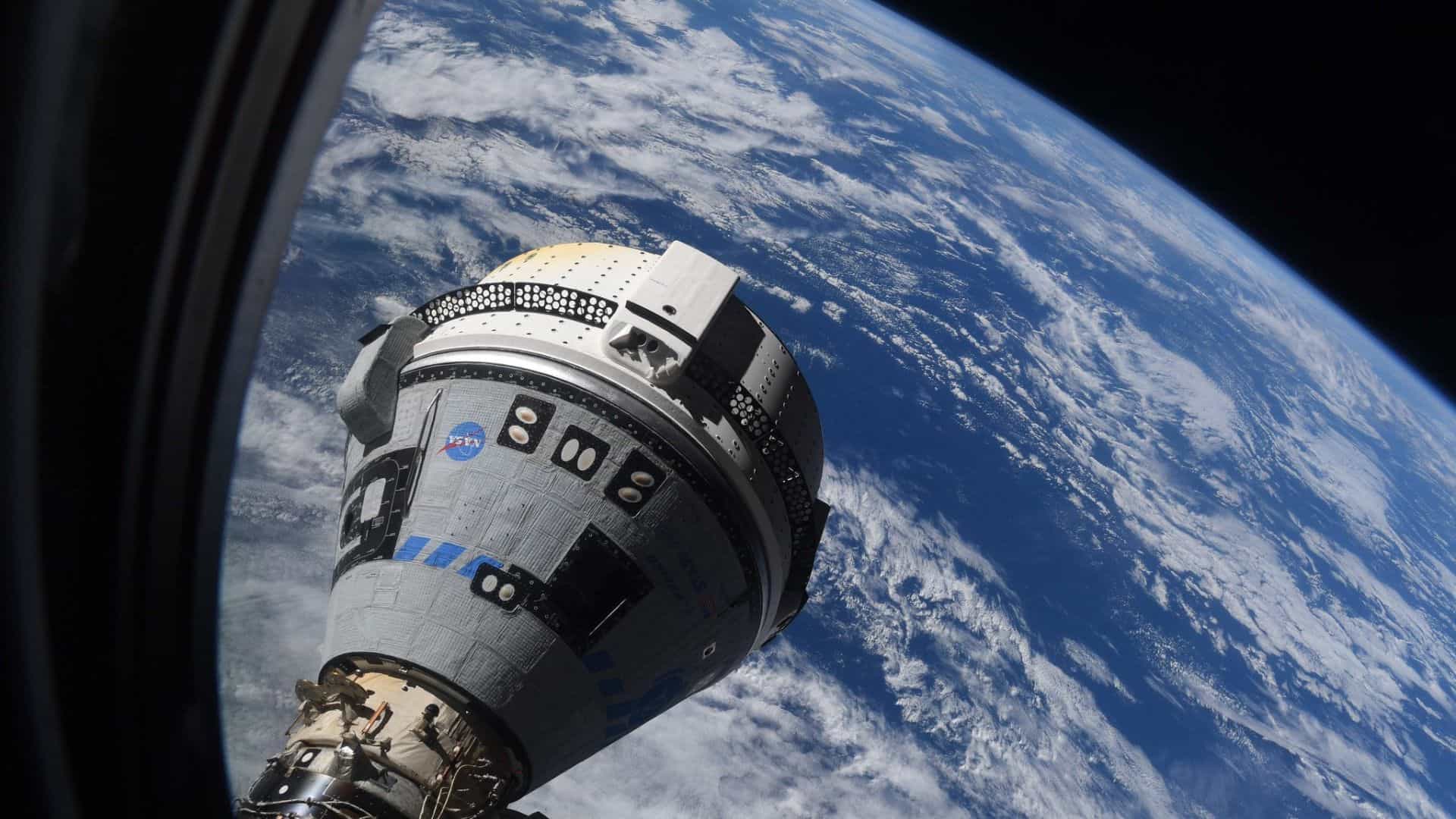The bright waning gibbous moon will make a close approach to the bright star Pollux on the morning of November 3, 2023.
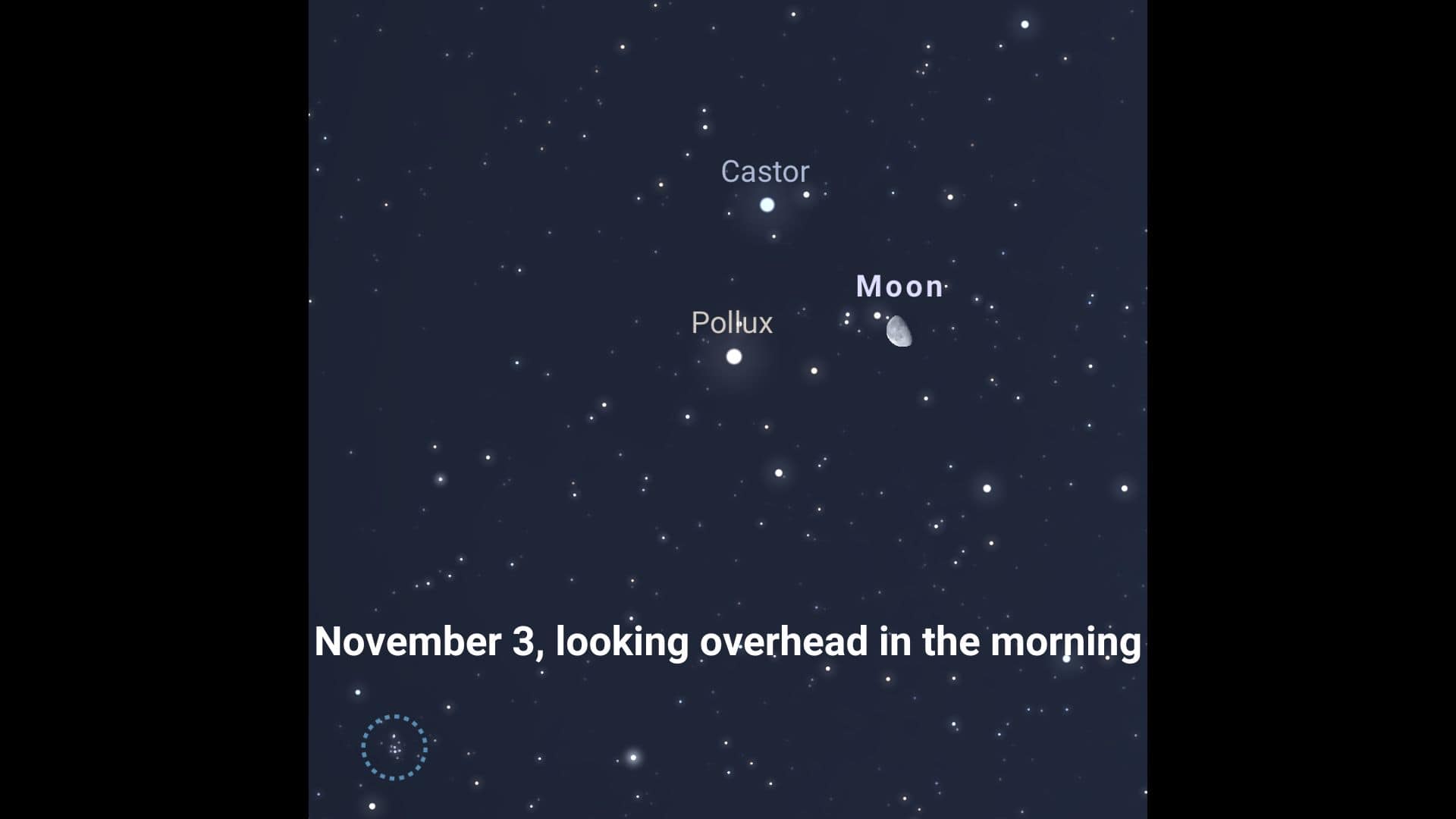
The moon and Pollux will rise together before midnight on November 2, 2023, and reach their highest point in the sky in the morning of November 3, 2023.
Where to look: Look overhead in the sky around 5 a.m. local time to see the moon and Pollux nearby. They will travel across the sky together until they set.
Constellation: On the morning of November 3, 2023, the moon will be located in the zodiac constellation Gemini, the Twins and Pollux is the brightest star in the constellation Gemini.
You will see another bright star Castor, which is located above the moon and Pollux. Castor is the second brightest star in the constellation Gemini.
As the two brightest stars in the Gemini constellation, Pollux and Castor are seen very close in the night sky that’s why they are called the Gemini twins.
Phase: On the morning of November 3, 2023, the moon is 69% illuminated (waning gibbous phase).
Magnitude: On the morning of November 3, 2023, the apparent magnitude of the moon is -12.20 and that of Pollux is +1.29.
Distance: On the morning of November 3, 2023, the distance of the moon from the earth is 390,520 kilometers and that of Pollux is 33.79 light years.
You will see the bright star Pollux next to the moon again on November 30, 2023
The moon takes 27.322 days to complete one orbit around the Earth with respect to the background stars. This is called one sidereal month.
However, in 27.322 days, the bright star Pollux moves a little from its previous position with respect to the background stars.
So the moon takes a little over 27.322 days to catch the bright star Pollux in the sky, and you will see the bright star Pollux next to the moon again on November 30, 2023.
Please follow us on Facebook and Twitter to get latest space news, upcoming skywatching events and astronomy-related content.
